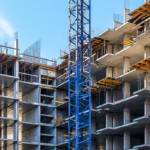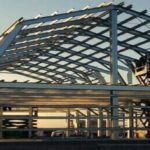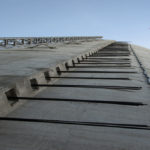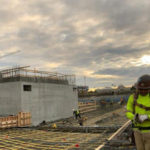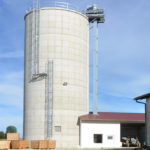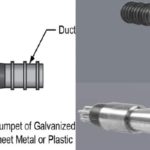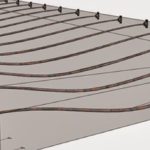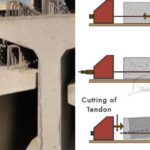Blog
Reinforcement Of Buildings

Due to the geographical location of our country, we have to accept the reality of earthquakes that may come with bad results at any time. But that doesn’t mean we should be afraid of earthquakes. Because with appropriate and adequate precautions, we can minimize these bad results. One of these measures is the reinforcement of our buildings. In this article, we will touch on many topics on this subject and try to inform you.
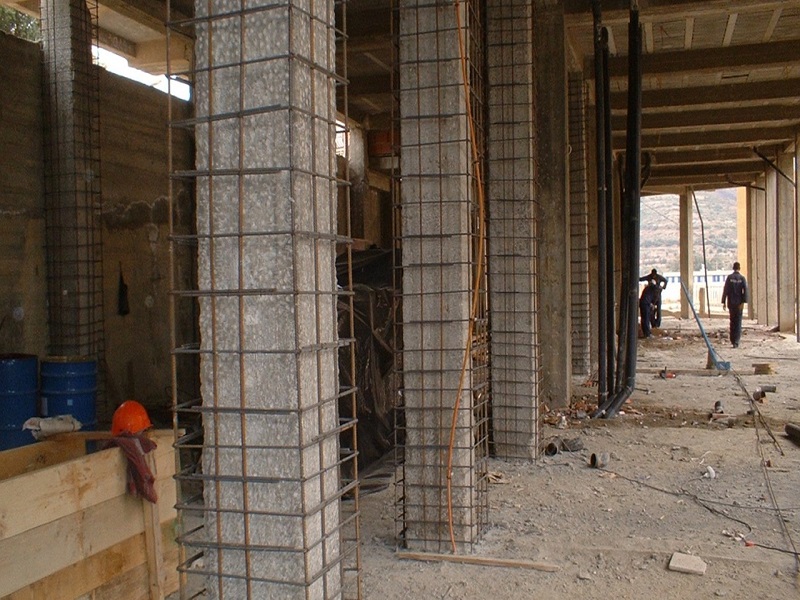
First of all, let’s define exactly what building reinforcement means. Building reinforcement is the process to prevent loss of life that may occur as a result of the collapse or collapse of a structure during a possible earthquake. In this process, we can not only strengthen the existing carriers, but also add additional carriers to the system. In the first construction of our buildings, there is a prescribed period of use according to the current conditions and the materials used. Over time, this period of use may be shortened due to external factors that our building encounters. As we cannot predict exactly when the earthquake will strike and with what intensity it will come, it is of great importance to carry out this process. In this way, we both extend the life of our building and we can continue our lives safely.
Since the newly built buildings will be built in accordance with our current earthquake regulations and will receive adequate engineering services, such a reinforcement is usually not required. It is more appropriate to carry out such strengthening works for our buildings that have not received adequate engineering service, were built according to our old earthquake regulations or have been damaged due to small earthquakes over time.
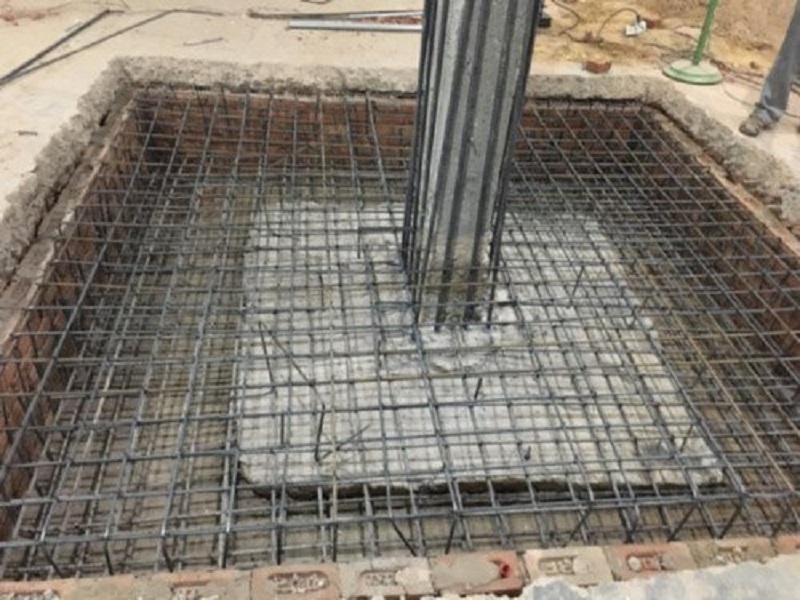
So is every old building strengthened? We can only answer this question after the examinations to be made in the building. If our building is in a really bad condition, strengthening may not be done because of the economic situation and a safe environment cannot be provided. This is determined primarily by the opinions of expert engineers, and then by the decision of the building owner. However, if the building that we will strengthen is a building with historical value and important to be preserved, of course, the cost can be strengthened by ignoring it.
What are the Building Reinforcement Stages?
- A seismic ground survey is prepared to learn the current state of the ground where the building is located. (In cases where it is not enough, soil survey with drilling support is prepared.)
- A survey of the building is taken under the leadership of expert engineers and technical painters.
- With the X-ray device, the spacing and diameters of the reinforcements in the carrier elements are found.
- Stripping is done on some of the carrier elements to check the corrosion and weakness of the reinforcement.
- Concrete samples are taken from the building in sufficient numbers and from necessary places.
- The samples taken from the building are tested in the laboratory and the current strength of the concrete is determined.
- The building is modeled in computer environment and its condition under earthquake loads is examined.
- A report is prepared as a result of the data obtained as a result of the operations carried out from the building and the modeling.
To go into a little more detail, the first stage is the reinforcement decision taken by the building owner or beneficiaries. Once this decision is taken, a company specialized in this field is contacted. Expert engineers share the information they need and reference, and the preparation of the strengthening project begins. Afterwards, necessary permits and licenses are obtained from the necessary places so that the transactions can be carried out on site.
After these processes, we move on to the stages we have briefly listed above. All of these are meticulously done and followed. Afterwards, the on-site procedures are started. These operations should be carried out as quickly as possible, but also as carefully as possible, without damaging the carrier elements. Finally, it is to deliver this building, which has an extended period of use and where they can safely shelter, to the owner or right holders.
What are Building Reinforcement Techniques?
- Fusion of existing concrete and new concrete
- Sheathing of columns
- Sheathing of steels
- Sheathing of reinforced concrete
- Adding wings
- Epoxy injection
- Donning a shirt
The most widely used of these techniques is sheathing processes. However, this may not be a sufficient technique for every building. The techniques to be used are determined as a result of reports prepared by expert engineers. In fact, all of these techniques and stages are specialized processes. However, there is an important point, which is; to determine the weak points of our building and what actions should be taken to these points. From an engineering point of view, we should choose the most economical reinforcement technique. As a result of the use of each technique with each other, different combinations and different results emerge. Therefore, it is very important to determine which technique will be used, with which technique, and in what proportions.
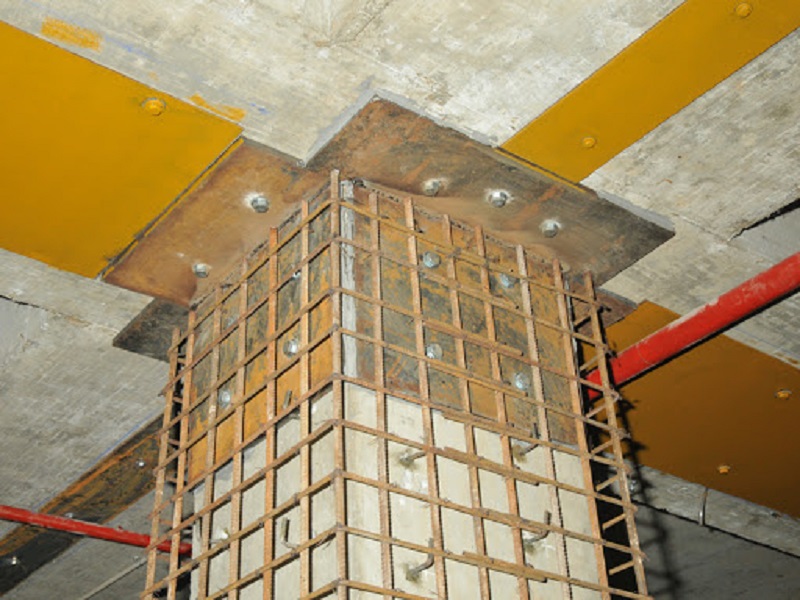
Columns and shear walls are the most important elements that transfer the loads from the roof to the foundation in our building. These elements significantly affect our strengthening of current situations. Because if they are in very bad condition, the cost will increase with the effect of the materials we need to use together with the technique to be used. Reinforced concrete jacketing, steel jacketing and polymer coating techniques reinforced with carbon fibers are generally used in these elements.
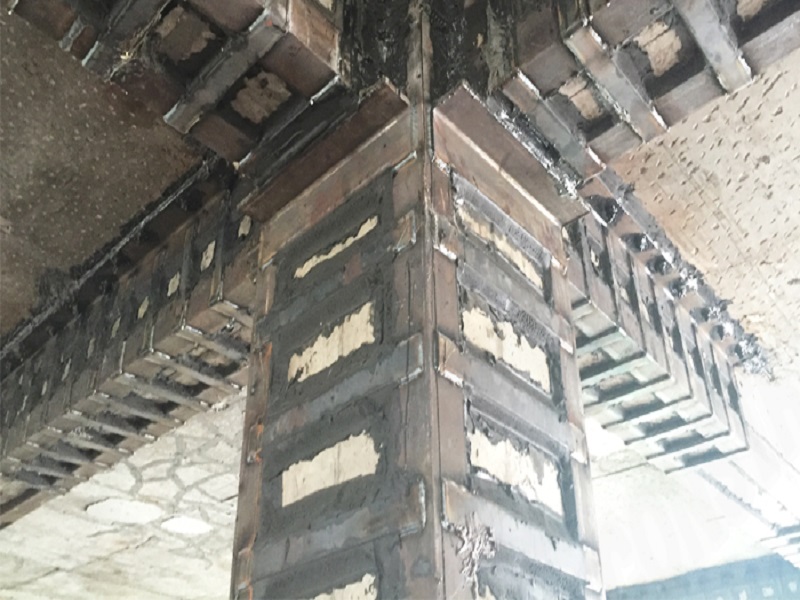
Beams are elements that transmit loads from the floor to vertical carriers such as columns or curtains. We want the beams to show ductile behavior and absorb the energy released during an earthquake. We often reinforce beams using sheathing, laminated or steel plate.
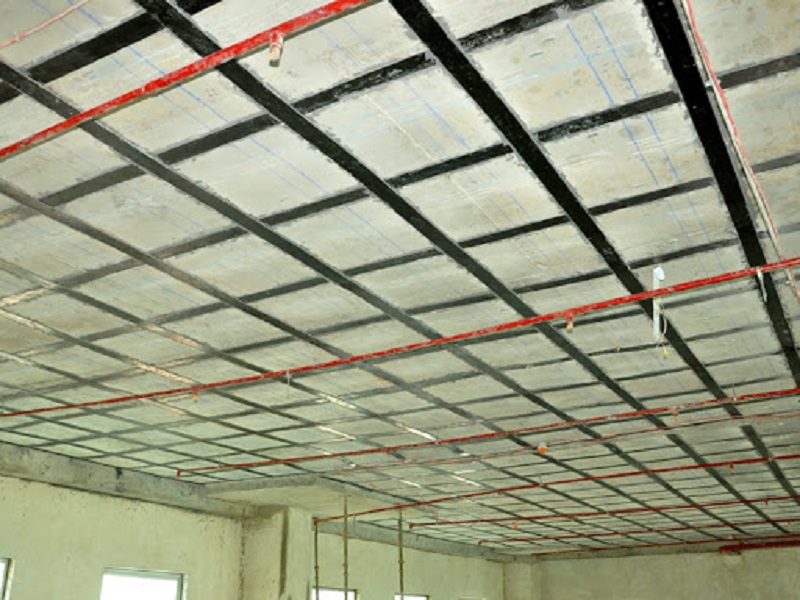
Floors are the first link in the chain that creates a floor for people in buildings and transmits the loads coming to them to the beams and from there to the columns and go to the foundation. These elements are made in such a way that their bearing capacity is more than their capacity. However, they still need to be strengthened if the reinforcements inside are damaged over time or their thickness is insufficient due to large gaps in the flooring. In such cases, floors are strengthened by techniques applied from above and below. We can use mesh reinforcement, or we can strengthen with mesh polymers reinforced with carbon fibers.
There are different strengthening models of various elements as well as the operations performed on these elements. In this article, we tried to answer these questions why our buildings need to be strengthened, what techniques can be strengthened, what are the stages of strengthening.
Latest Blog
-
Silo Static Project
29 July 2024 -
Methods Used In Earthquake Performance Analysis
4 July 2024 -
Reinforced Concrete Calculation Static Report
31 January 2024 -
Steel Calculation Static Report
31 January 2024 -
What Is CFD Analysis?
22 December 2023 -
What Are The Benefits Of CFD Analysis?
22 December 2023 -
Silo Reinforcement with Post-Tensioning Method
26 September 2023 -
Post Tensioning Method in Cantilever Slabs
4 September 2023 -
Post-Tensioning Application In Reinforced Concrete Silos
22 August 2023 -
Components Of Post Tensining
16 August 2023 -
What Are Pre-Stressing And Post-Tensioning?
11 August 2023 -
What is Prestressing?
8 August 2023 -
History Of Post Tensioning
8 July 2023





